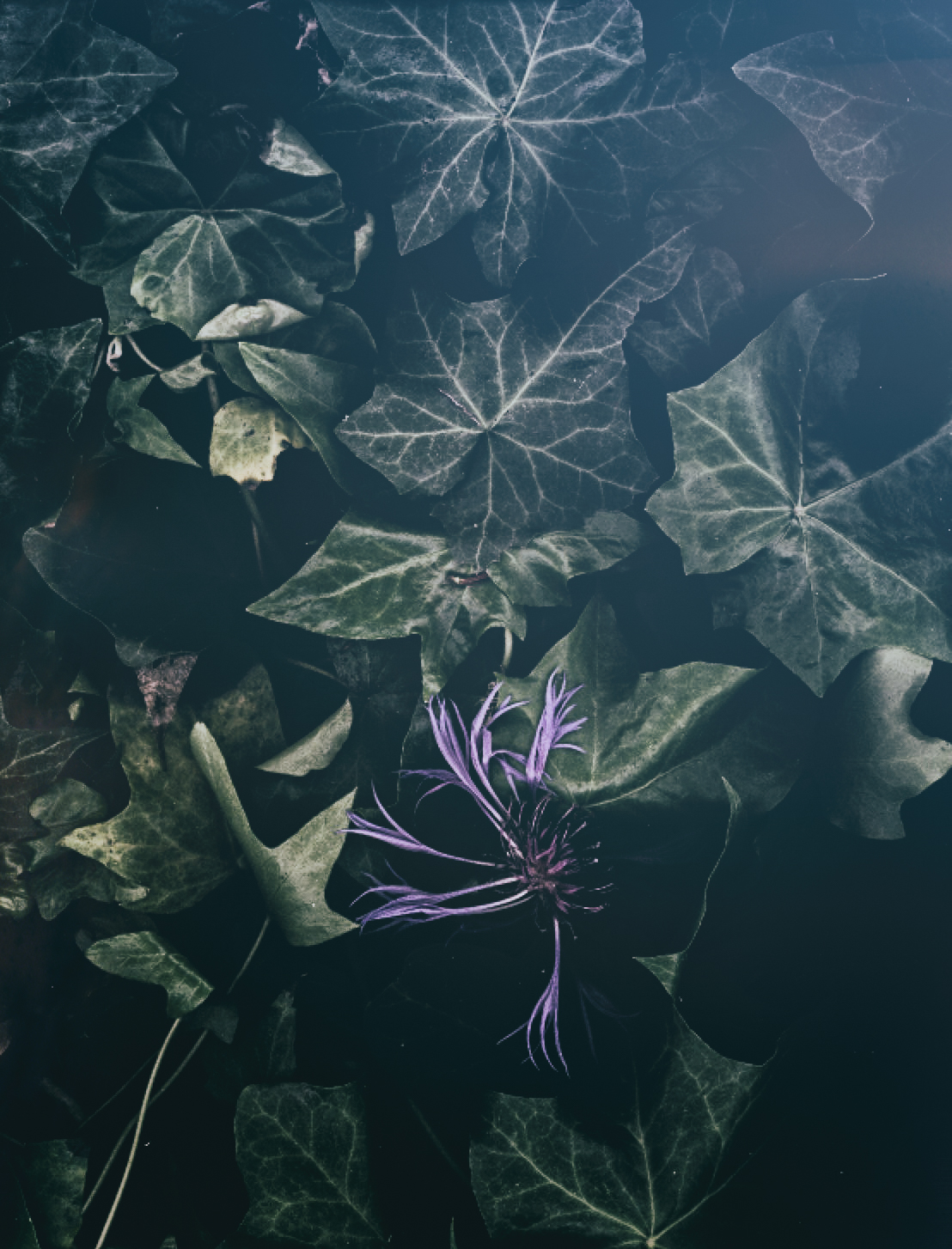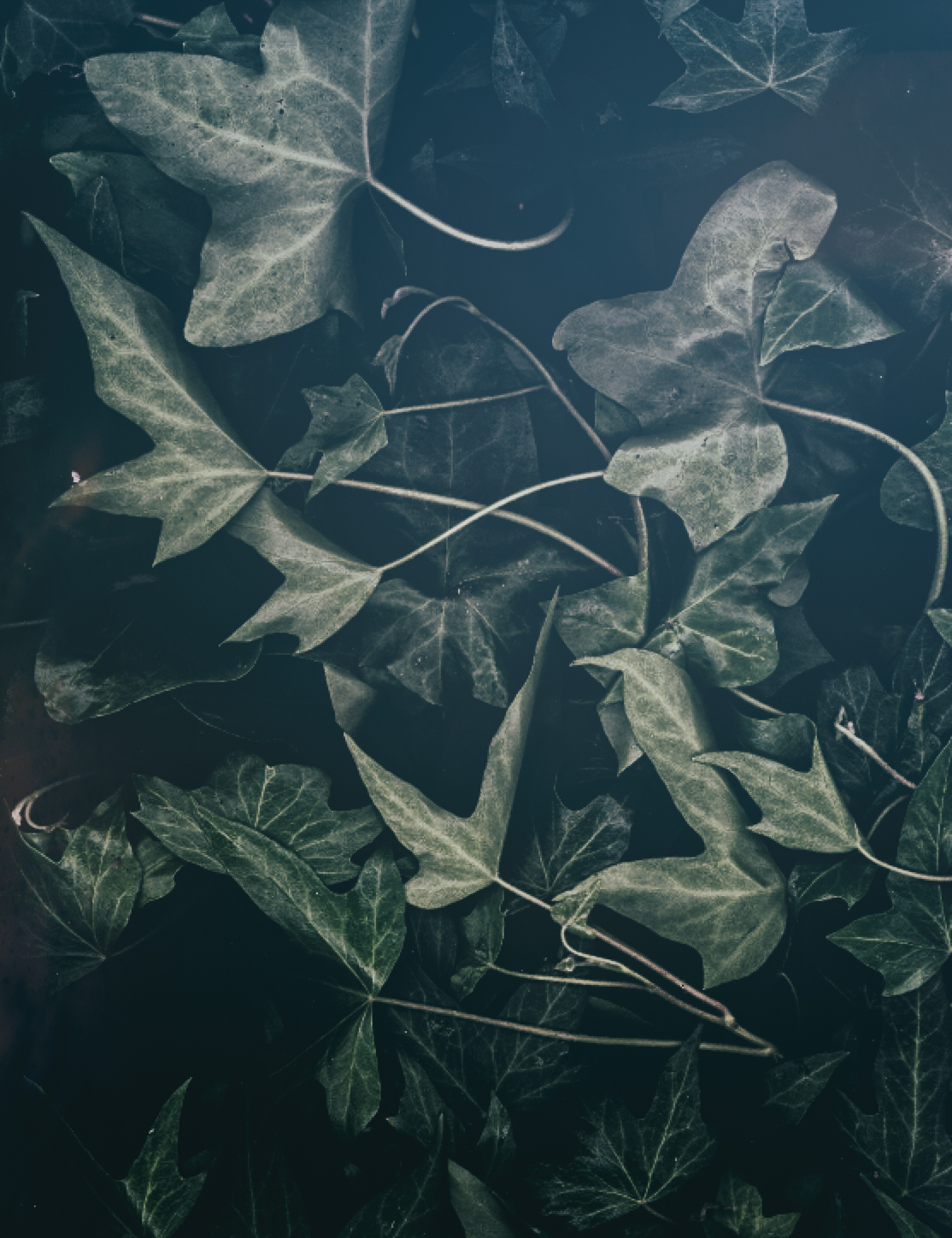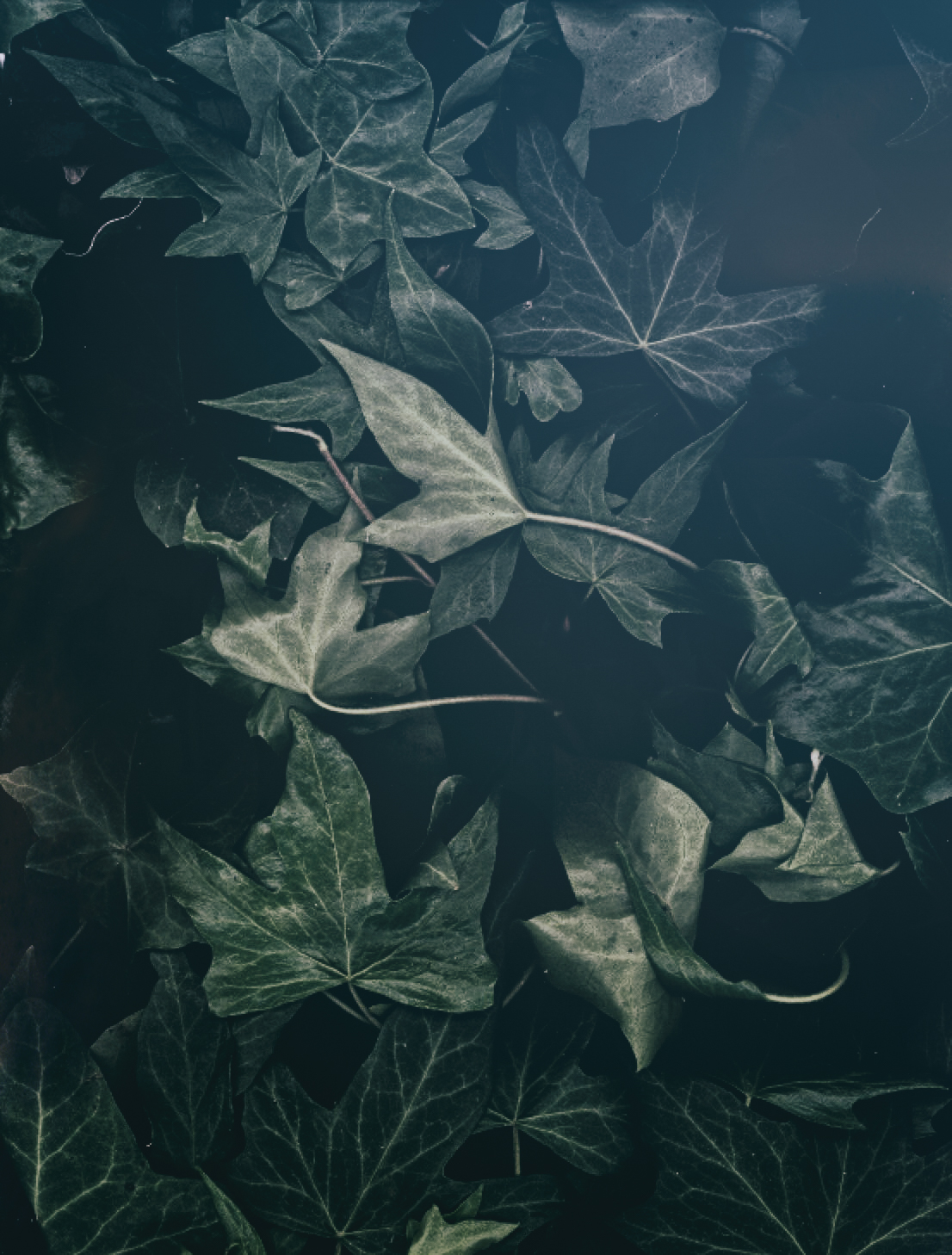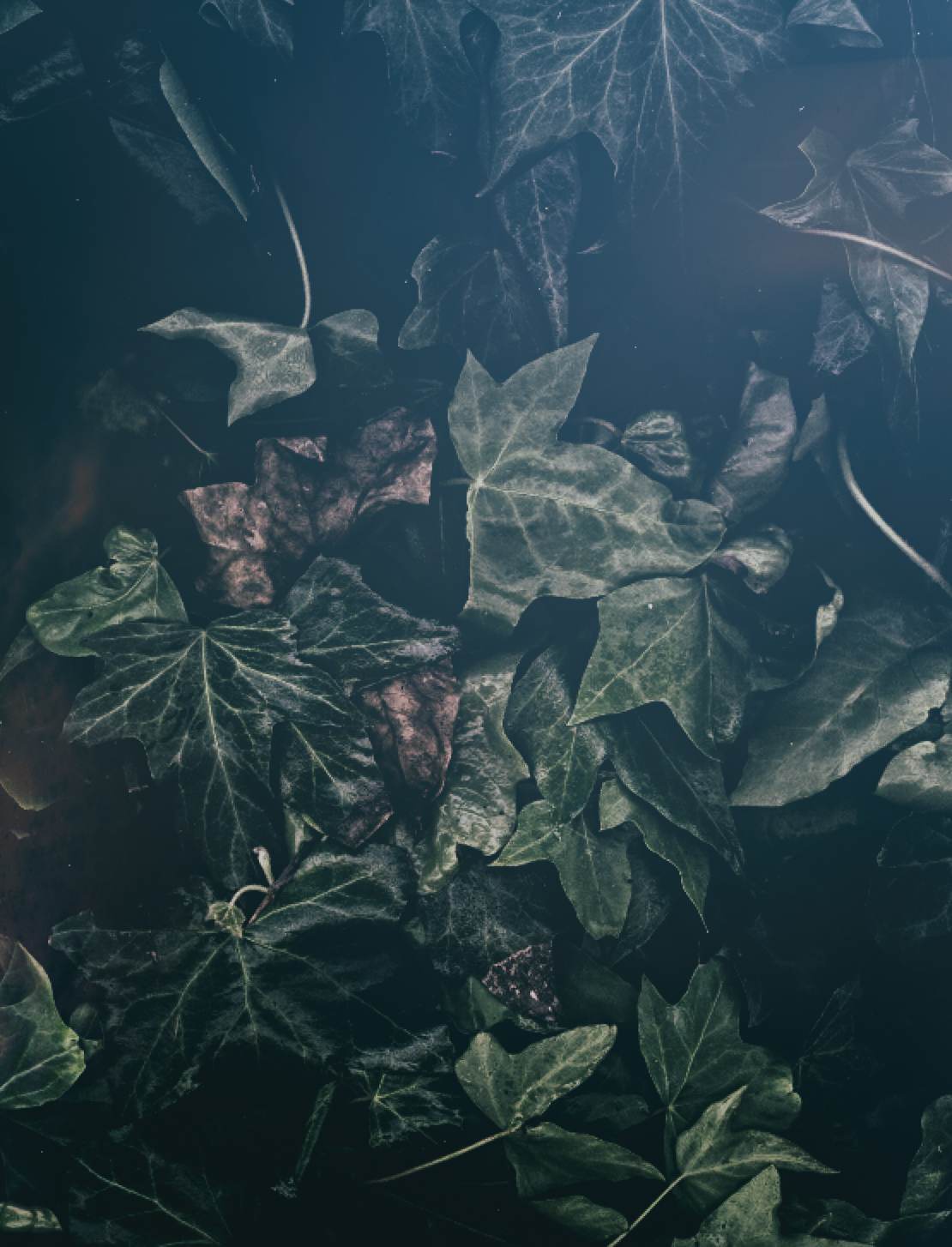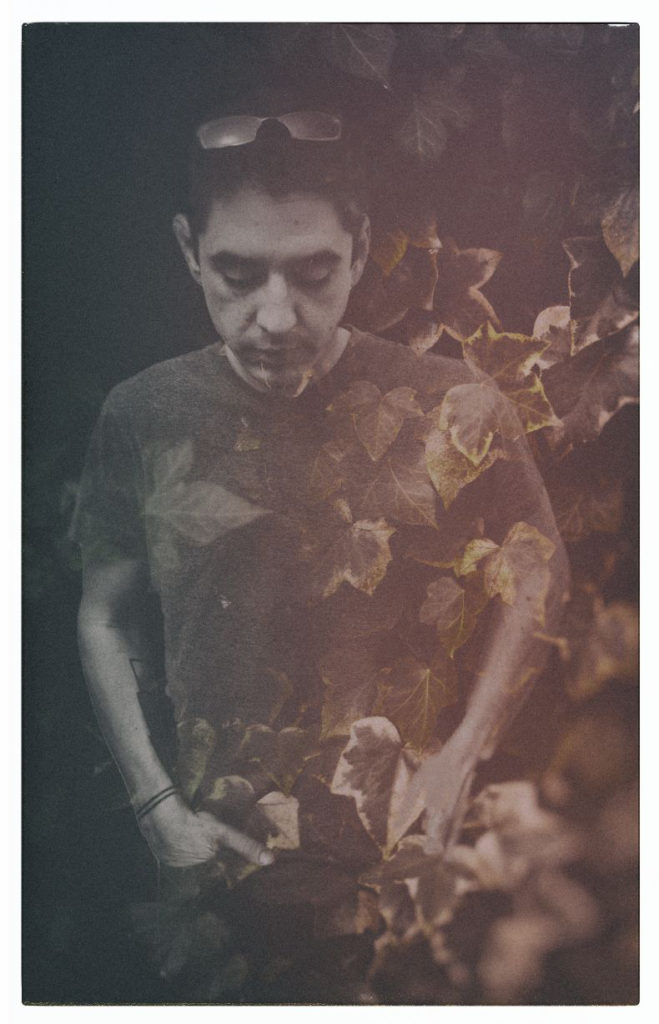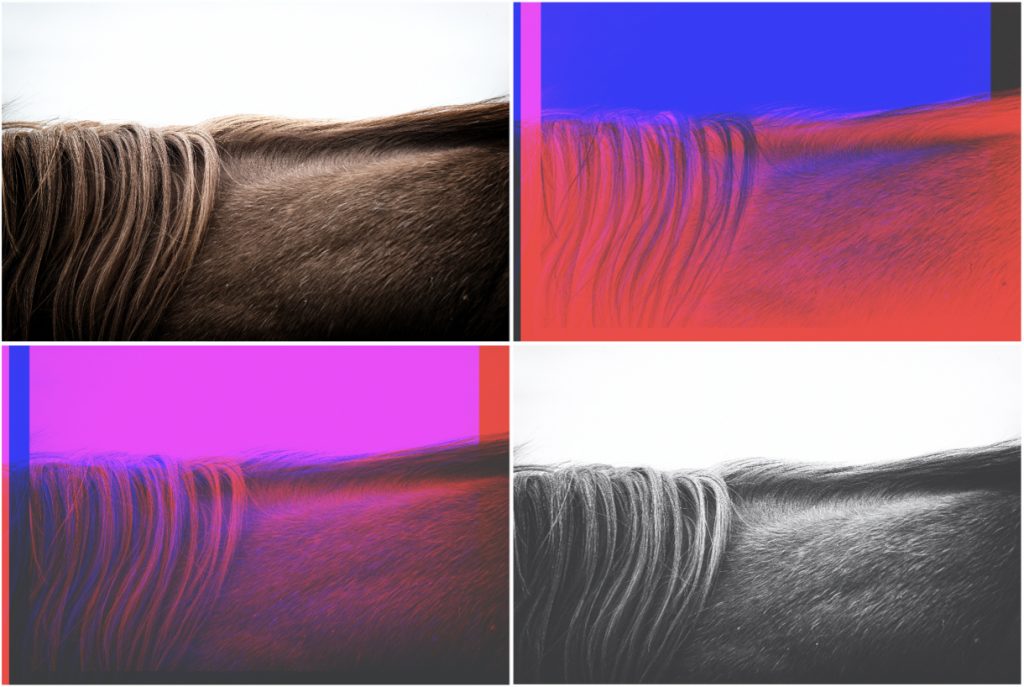Update: The work will be displayed via the Mount Pleasant Community Art Screen (thanks to Grunt Gallery) through the Summer of 2022.
I was recently asked the following question, “What is your relationship to your current place? How are you feeling about this?”
My response, first written then visual, has opened up a buried line of inquiry which, in many respects, will take years to fully unearth. First, the writing:
“I’m brand-spanking new (here.) I feel honored to be in BC, yet also aware that present and future well-beings are built upon the relationships created today. Relationships to land, to place, to others, to self – I’m entering new relationships now and want to honor that with intentionality. More to the point, being a new settler to Vancouver and British Columbia, to the ancestral lands of so many peoples and cultures that I barely understand, I realize the importance of communicating my intent to live here, for a time, as well as to show respect to all my/our relations.
While I have my own idiosyncratic methods of exploring and expressing this, I want to integrate other ways of knowing, of being, of arriving. The questions, then, are how does one “arrive” with respect? Can this be achieved in isolation (not COVID isolation, but I mean by my lonesome)? Is intent to do well enough – should this be shared?”
Without fully realizing it or calling the action by its name, I spent the following months probing the edges of this question, looking for objective, yet intimate answers.
My initial exploration led away from the city and its crowded, if idyllic, neighborhoods. Clumsy an effort as it was, I was looking for something more representational of the PNW and BC than the streets of Vancouver could offer. I found some semblance of such in Pacific Spirit Park:
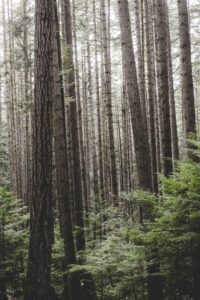
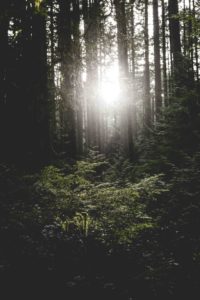
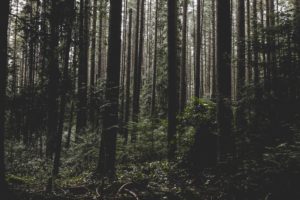
Documentary is the select dramatization of facts in terms of their consequences on a person, place, or thing. While not necessarily strict merriam-webster fact-finding, the above work is decidedly more about documentation of place rather than exploring what my relationship is to said place. In short, it’s pretty imagery yet emotionally flat.
This same visual study continued in many respects during daily walks through Vancouver’s Mt. Pleasant neighborhood:
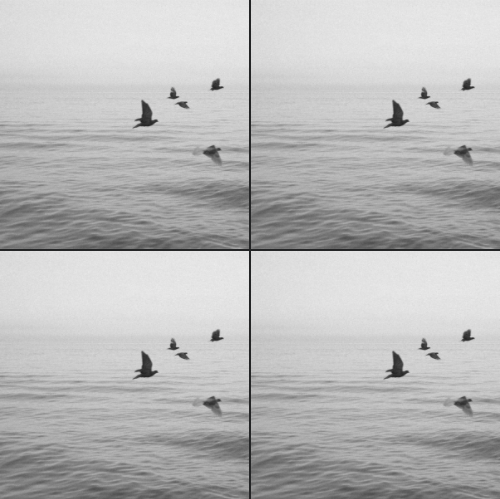

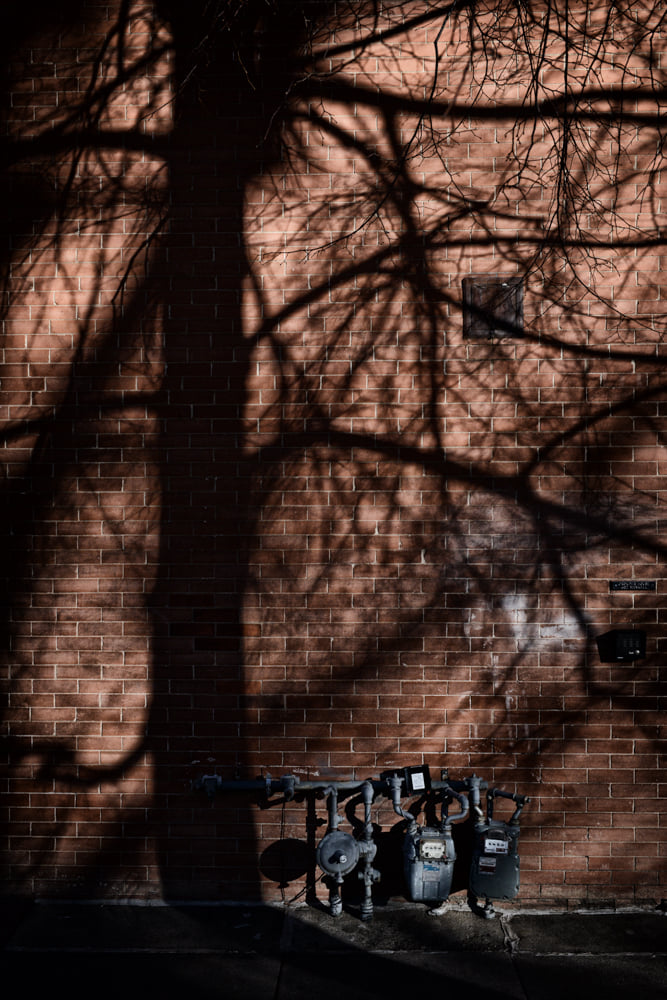

(Aside: My background in media studies often insists on a quadtych presentation of photographs as a play on the wealth of imagery in our increasingly mediated society. It’s an aside, but relevant all the same.)
Two visually distinct images did shine through during this time as they both sparked threads of inquiry while also being conceptually related:
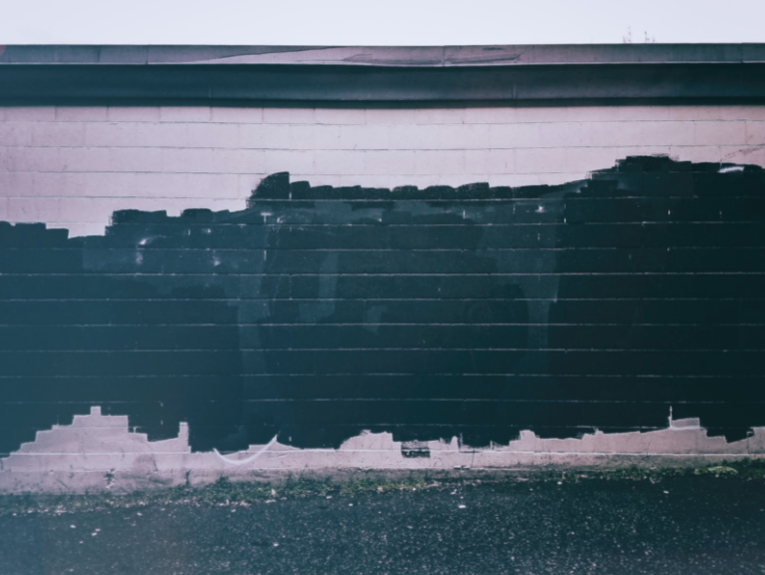
The attempts to cover and otherwise block out graffiti (again and again, it seems) spoke to me of the ways in which both individual and collective histories are written and overwritten. Of a forced amnesia. It made me consider power in terms of who has the right to say this, to record that, to erase, to assert, to dominate. & how this entire process is inescapably public facing and acceptable.
(tangent: I have yet to fully realized this line of research yet am exploring the above via publicly available Landsat imagery. A further series is emerging. Sample stills below echo the notion of writing and re-writing.)

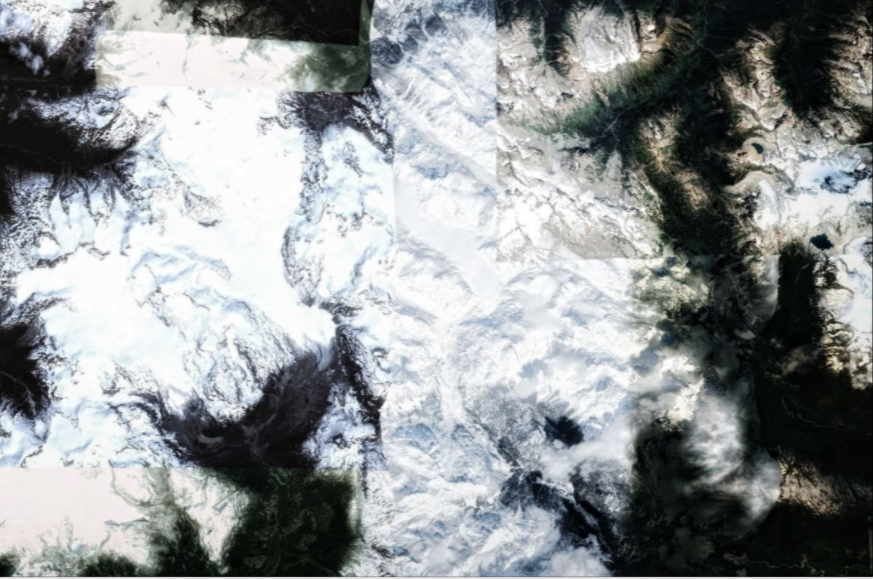
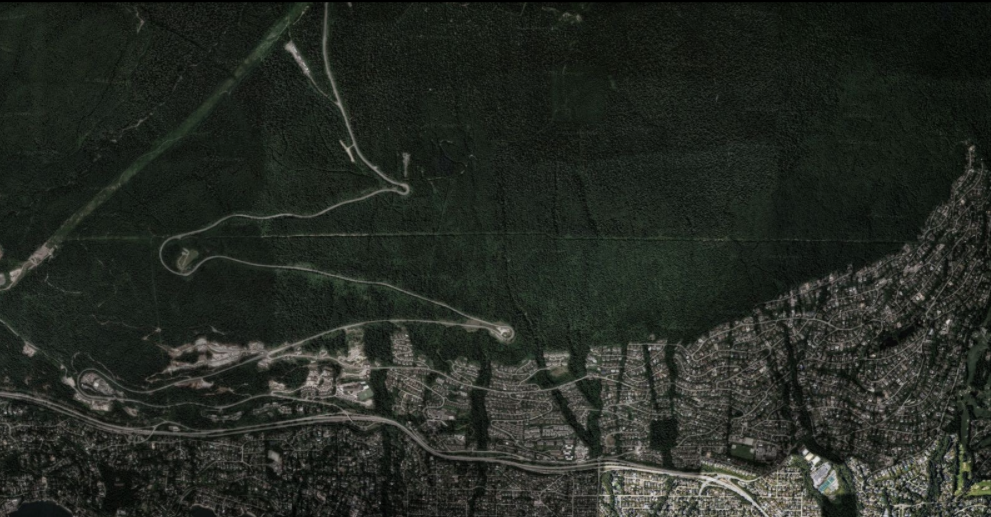
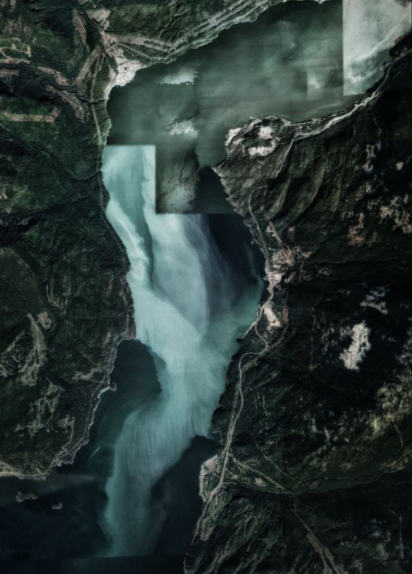
───── ⋆⋅✿⋅⋆ ─────
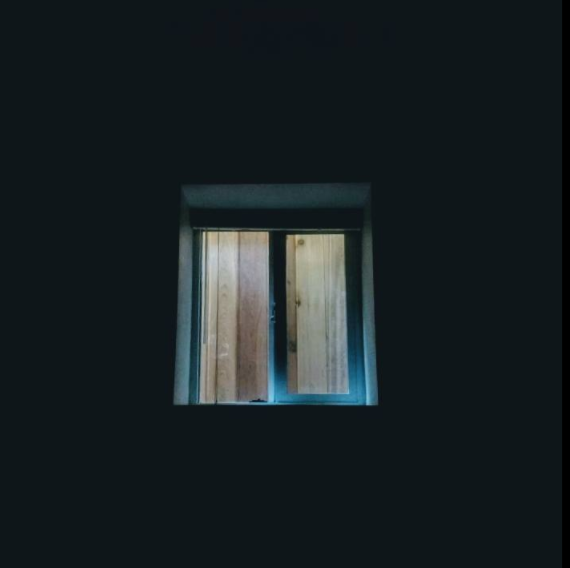
The second image of note was taken from the bedroom of what we can charitably call a “cozy” garden suite apartment. At broad noon, the image represents the room dressed in its best light. The view outside is 10-15 inches of open space against a backdrop of wooden fence slats. Cue the references to Parasite. This is admittedly pissy – as my living at said location was fully by choice – yet this living situation is as ridiculous as the price tag. I found myself thinking of this, of how a reasonably intelligent, arguably well-educated, and seemingly accomplished professional was struggling to find and afford better without paying close to $2000 per month. How many others in the greater metro area of millions were in similar situations? And, as with the graffiti above, how has this become normalized?
(tangent 2: I have happily relocated to Surrey…upon my relocation, I reread richard scott’s first volume of poetry (soho) wherein he brushes up against the spectacle of big city living. While my aim is never to creep and peep on the lives of others, I still can’t get away from one of his phrases “tonight I watched you sleep naked on the futon face down sweaty like a small child and knew that everything else was bullshit”. A series in this vein is also likely coming as I continue to revel and reckon with this spectacle)
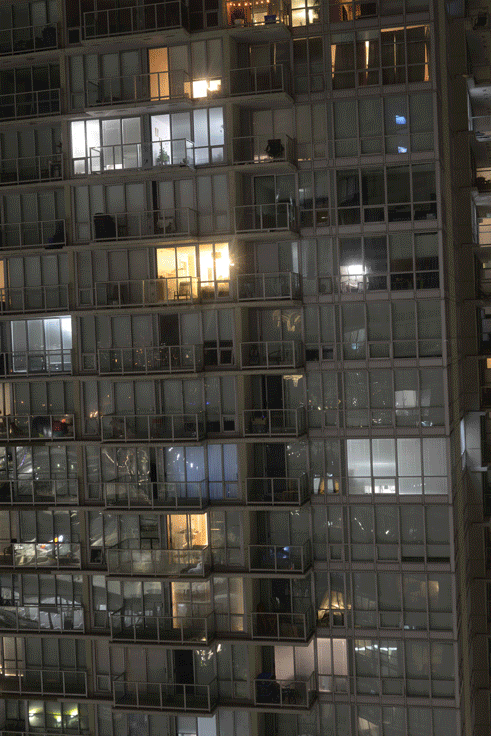
With power structures, place, complicity, and my own desire to explore their intersections with intentionality in mind, I shifted my focus to native and non-native plant species. There is enough ambiguity in this visual exploration for an audience to not only confront and factor in their definitions of these terms, but their own invariably varied relationship to them as well.
While having an actual purpose beyond staid documentation, early work in this vein was also done in a traditional documentary style:
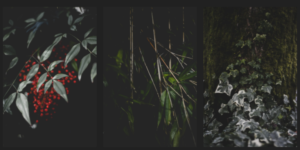
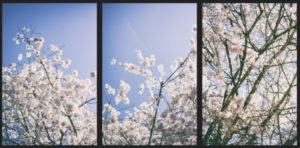
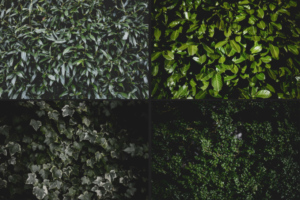
The approach did benefit from iterations. Two are of note as they each bring a significant revelation and, ultimately, a more satisfactory art. First, a scanner + portable lithium battery.
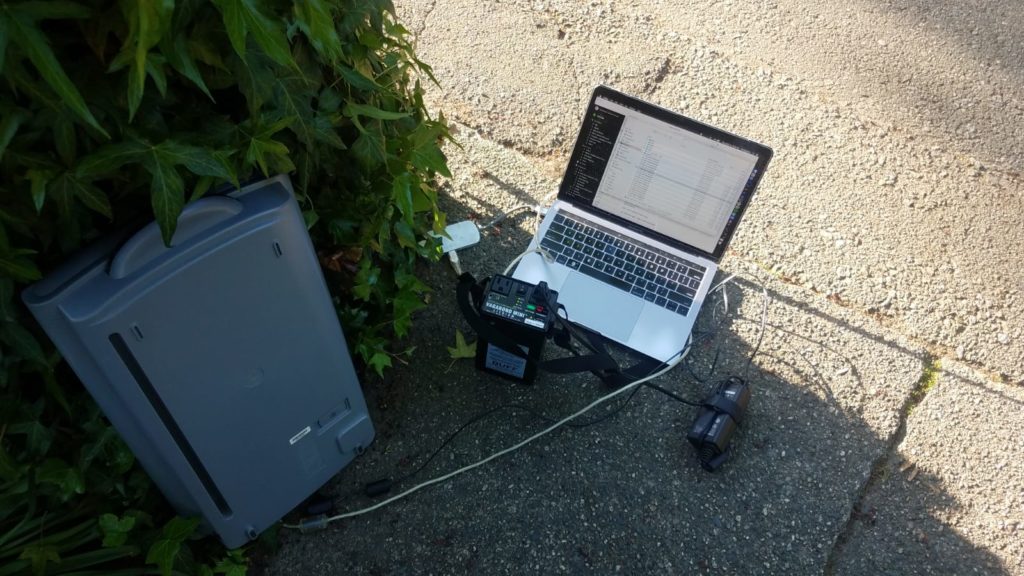
This allowed for me to get visually close and effect a more intimate depiction of plant life while also forcing me to slow the photographic process down. To view the plant life, to consider it, how it rises and relates to other objects, to study it, to collaborate with it. Not to simply take a passing image. This is in keeping with the slow photography movement of which I am an adherent. It’s also an approach complemented by conversations I held with First Nations faculty at ECU and related reading groups. & in keeping with my own spiritual background. Informed in this manner, this approach allowed a more contemplative relationship to the imagery I was creating; to use the words of the medium, I’m not “taking” an image, rather I’m slowly studying and representing the literal and figurative states of entanglement at play.
Moreover, by capturing the imagery in situ, I was able to leave it as I found it: alive. This matters as my role in this work is partly to explore the relationships at play, not to dominate or be dominated by; to have a fruitful collaboration I didn’t want to kill or injure the plants in question.
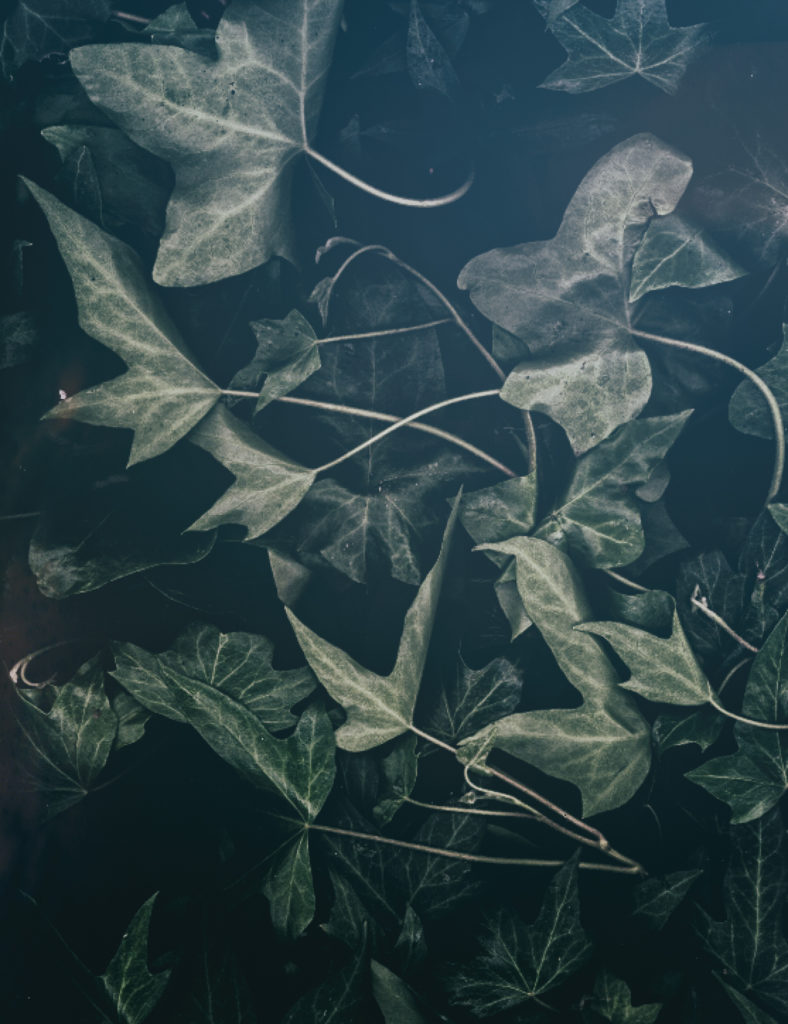
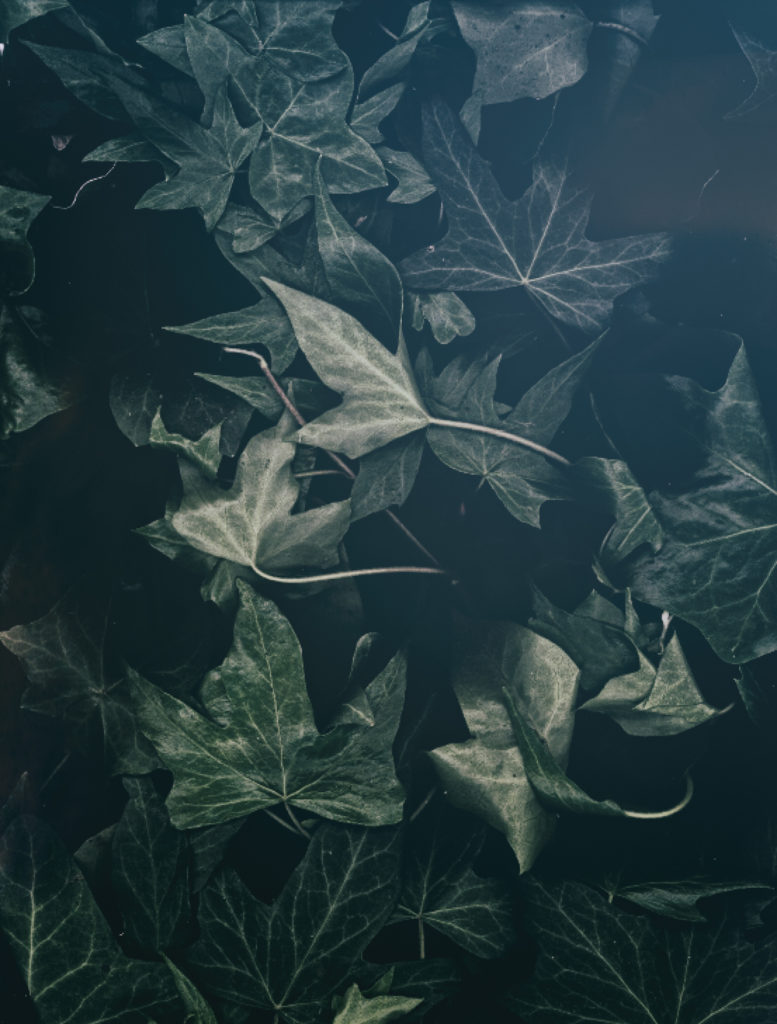

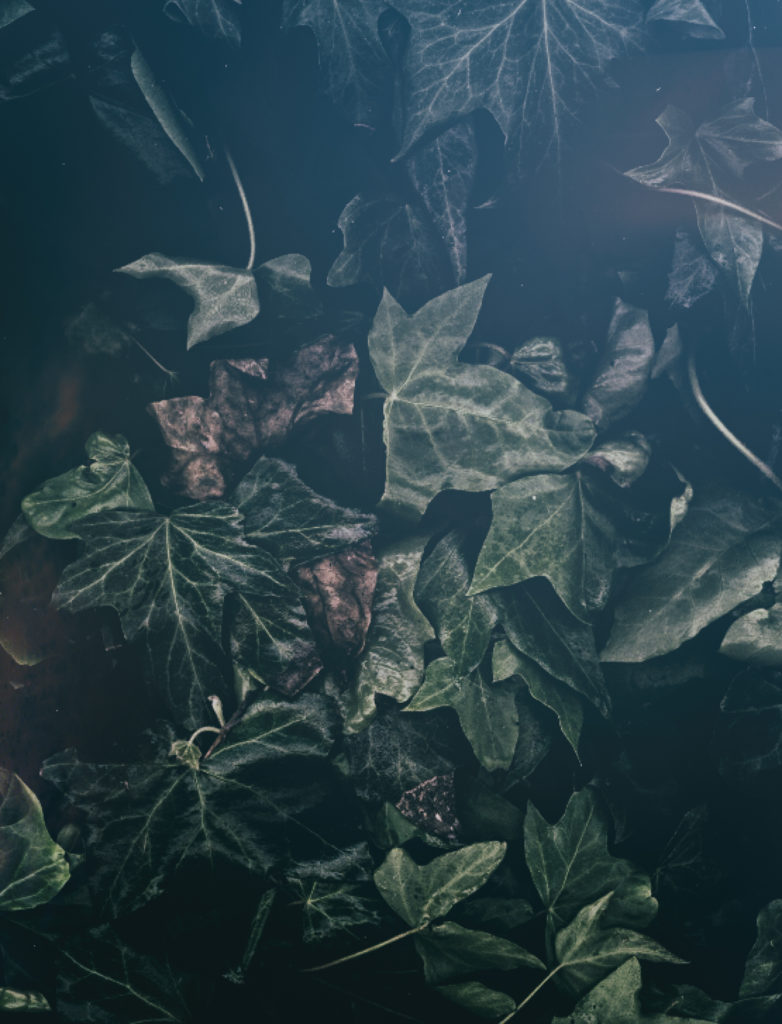
The second notable adjustment in the work was in post-production. I sequenced the imagery in Premiere Pro, yet motionless, the stills themselves were not resonating in the way they were in place or, more importantly, as they did conceptually.
I next effected an almost undetectable motion in each still, giving the final video output an uncanny feel. From this, the work is best presented on a screen, or perhaps a custom light box (clearly, I’m stuck on light boxes.) With the slight motion I’ve included, the work appears static; if one were to walk by an installation of the screen, it’s quite likely that one would not notice any movement whatsoever, yet if you were to simply stand still, stand in sustained consideration for more than a few seconds, the subtle motion would reveal itself. This visually echos an unfolding understanding of my own relationship to place, to colonization, to what it means to be native and non-native.
Admittedly, and as alluded to above, this line of questioning is expansive. On a personal level, I am a latino with an anglicized last name (a gift from my Scottish grandfather…roll those r’s.) I cannot help but begin to think of my own complicity as a settler (spanish background or otherwise), of what it means to belong, of what is forced and what is natural, of the mitigating nature of time, of reconciliation, of normalization, of resistance, of how cognitive imperialism impacts me and how I, in turn, have impacted my students, friends, and family. Again, this is a line of thought and work that will likely continue for some time…maybe a lifetime. I’m glad it’s finally happening.
Below is the final video piece, along with a gallery write-up submitted. As stated, there is no resolution – as if there ever could be – rather only a continuing meditation on the various relationships entangled in place and identity, between native and non-native.
(Note: I would be remiss were I not to mention that the entirety of this work was also heavily informed by conversations with the Six Feet Photography practice group: Mythologies of Place. Dale Rio’s significant expertise and insights helped steer the work – they have my gratitude.)───── ⋆⋅✿⋅⋆ ─────
What follows is the final video piece from this effort. I plan on additional scans to bring up the imagery count and extend the video, but the form and function will likely not change. The text below was included in a recent submission and is tighter than the above exposition, so I am leaving it intact.
Upon arrival to Vancouver, British Columbia I found myself grappling with the question of how might I how best literally and figuratively “arrive” in Canada. While I am inescapably honoured to be here, I’m also conflicted in my role as an outsider, a foreigner, a 21st century settler. In desiring to press the weight of intention against blind habitation on these unceded lands, I sought to define my relationship to this particular place knowing that present and future well-being is built upon the relationships created today – relationships to land, to water, to self and others.
In conversation with the ever wonderful Dale Rio, First Nation faculty at Emily Carr Uni of A+D, and by channeling the philosophy and processes of the slow photography movement, I explored both native and non-native plantlife in Vancouver. Ultimately, I created a series of imagery investigating plant life, specifically english ivy (hedera helix.) Despite its foreign origins, english ivy is commonly found throughout N. America and is readily accepted as a part of the ecosystem, even as it covets and covers, eventually choking out native plant life. Inescapably, the work makes me wonder what it means to belong, of what is forced and what is natural, of the mitigating nature of time, of reconciliation, of normalization, of resistance, of how cognitive imperialism impacts me and how I, in turn, have impacted my students, friends, and family.
There is no resolution in this piece – as if there ever could be – rather only a continuing meditation on the various relationships entangled in place and identity, between native and non-native species.
